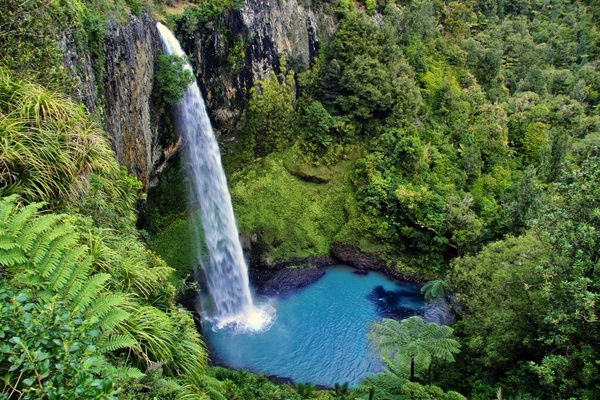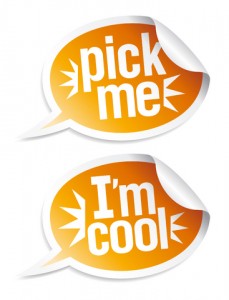
by Lorri | Sep 7, 2016 | UnCorked
New Zealand’s rise to wine fame can be traced to a single grape variety, sauvignon blanc, a phenomenal circumstance if you consider many of the commercial plantings are barely 30 years old. Over the past few weeks I have had the opportunity to retaste a few of my favorites.
The rise of New Zealand white wines’ popularity coincided with the world’s demand for fresher and lighter styles. Those familiar only with the over-oaked, heavy whites in many wine regions welcomed the refreshing unoaked, cool-climate style of this country’s wine. Today there are many more offerings than sauvignon blanc. This list now includes chardonnay, gewurztraminer, pinot gris and Riesling.
The terroir of New Zealand’s vineyards produces excellent white wines with fresh, zippy acidity but it’s also prized for a rich red wine with complex flavors, the pinot noir grape. It is one of the world’s most exciting hot spots for the pinot noir devotee. This grape is finicky and doesn’t adapt well when grown outside of Burgundy but New Zealand produces quality wines from pinot noir vintage after vintage. New Zealand’s restrained delicate pinot noirs offer a refreshing change from robust high alcohol pinot noirs produced elsewhere.
THE VALUES
- 2014 Monkey Bay Sauvignon Blanc, New Zealand (about $13 retail)
- 2014 Mohua Riesling, New Zealand (about $14 retail)
- 2015 Starborough Sauvignon Blanc, New Zealand (about $12 retail)
- 2014 New Harbor Sauvignon Blanc, New Zealand (about $13 retail)
- 2014 The Crossings Sauvignon Blanc, New Zealand (about $14 retail)
THE SPLURGES
- 2015 Kim Crawford Unoaked Chardonnay, New Zealand (about $22 retail)
- 2014 Wild Earth Pinot Noir, New Zealand (about $26 retail)
- 2014 Mt. Difficulty Roaring Meg Pinot Noir, New Zealand (about $25 retail)
- 2014 Spy Valley Sauvignon Blanc, New Zealand (about $17 retail)
- 2014 Oyster Bay Pinot Noir, New Zealand (about $20 retail)
- 2015 Villa Maria Sauvignon Blanc, New Zealand (about $17 retail)
- 2015 Dashwood Sauvignon Blanc, New Zealand (about $17 retail)
- 2014 Cloudy Bay Sauvignon Blanc, New Zealand (about $33 retail)
- 2013 Brancott Pinot Noir, New Zealand (about $17 retail)
- 2014 Kim Crawford Sauvignon Blanc, New Zealand (about $22 retail)
by Lorri | Mar 21, 2012 | UnCorked
 New Zealand is known for its exceptional-quality sauvignon blanc, but what it may be best remembered for 30 years from now is transforming the way the wine world seals its product.
New Zealand is known for its exceptional-quality sauvignon blanc, but what it may be best remembered for 30 years from now is transforming the way the wine world seals its product.
New Zealand’s winemakers have been at the forefront of helping their peers say goodbye to cork taint by replacing the natural-fiber closures with screw caps.
The process began about 40 years ago in neighboring Australia, when Peter Wall, production director of Yalumba contacted French manufacturer, Le Bouchon Mecanique (literally translated as The Mechanical Stopper) in a quest to eliminate cork taint in his wines and maintain freshness.
The French food industry had been using a screw top since the middle of the 19th century, but in 1959 a specific cap was adapted for wine bottles.
While the French may have led the way in design and production, their customers were less accepting of a wine closure beyond the traditional natural cork, as were wine drinkers around the world.
However, in 2000, when a group of Australia’s Clare Valley winemakers began using this modern seal for premium wines, others took notice.
This immediately got the attention of New Zealand winemakers, who were already researching a solution to taint caused by cork closures.
In February 2001, Marlborough winemakers began investigating using the screw cap as a seal, as were winemakers outside the region. In a logical evolution, they joined forces to create the New Zealand Screwcap Initiative.
The first commercial release of New Zealand wine with a screw cap was by Kim Crawford, quickly followed by Jackson Estate and Villa Maria. Today, it’s estimated that wines in screw-cap bottles represent about 85 percent of New Zealand’s production.
The initiative continues to gain momentum as winemakers around the world switch to this closure.
THE VALUE
- 2011 Clifford Bay Sauvignon Blanc, New Zealand, (about $12 retail)
THE SPLURGE
- 2011 Spy Valley Sauvignon Blanc, New Zealand (about $18 retail)
by Lorri | Jun 1, 2011 | UnCorked
 Something about the thought of summer waiting around the corner always turns my taste buds from the heavy tannic reds that fit snugly into winter to the light fresh style of a crisp white wine.
Something about the thought of summer waiting around the corner always turns my taste buds from the heavy tannic reds that fit snugly into winter to the light fresh style of a crisp white wine.
Dinner menus change as well, with salads, corn on the cob and grilled shrimp showing up at the table.
These lighter summer menus call for wine with fresh acidity, and Sauvignon blanc seems a perfect match for summer fare.
It is at home in the Loire Valley of France but has showcased its diversity in the soils of New Zealand and California. Remember this simple tip for sauvignon blanc: if it was not produced in a cool climate, the wine will most likely be a flat, flabby and drab example of this zesty and refreshing grape. Select wines from cool climates and you will rarely be disappointed.
THE VALUES
- 2010 Stephen Vincent Sauvignon Blanc, California (about $14 retail)
- 2010 Monkey Bay Sauvignon Blanc, New Zealand (about $12 retail)
- 2010 Nobilo Sauvignon Blanc, New Zealand (about $10 retail)
- 2010 Robert Mondavi Private Selection Sauvignon Blanc, California (about $9 retail)
THE SPLURGES
- 2010 Spy Valley Sauvignon Blanc, New Zealand (about $20 retail)
- 2010 Joseph Phelps St. Helena Sauvignon Blanc, California (about $30 retail)
- 2010 Pascal Jolivet Attitude Sauvignon Blanc, France (about $25 retail)
- 2010 Bell Lake County Sauvignon Blanc, California (about $19 retail)
- 2010 Rutherford Ranch Sauvignon Blanc, California (about $19 retail)

 New Zealand is known for its exceptional-quality sauvignon blanc, but what it may be best remembered for 30 years from now is transforming the way the wine world seals its product.
New Zealand is known for its exceptional-quality sauvignon blanc, but what it may be best remembered for 30 years from now is transforming the way the wine world seals its product. Something about the thought of summer waiting around the corner always turns my taste buds from the heavy tannic reds that fit snugly into winter to the light fresh style of a crisp white wine.
Something about the thought of summer waiting around the corner always turns my taste buds from the heavy tannic reds that fit snugly into winter to the light fresh style of a crisp white wine.